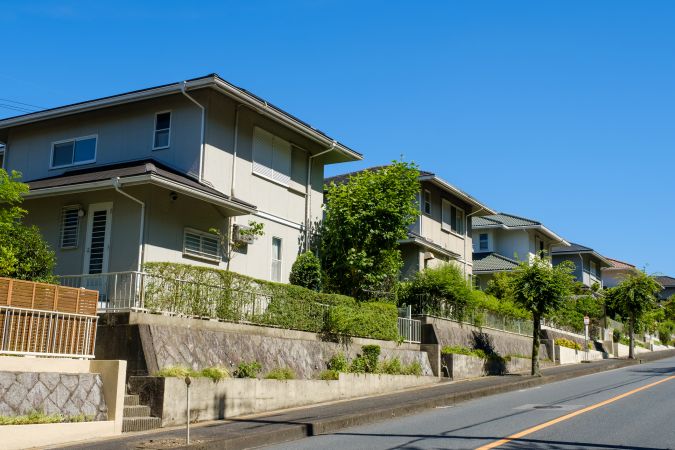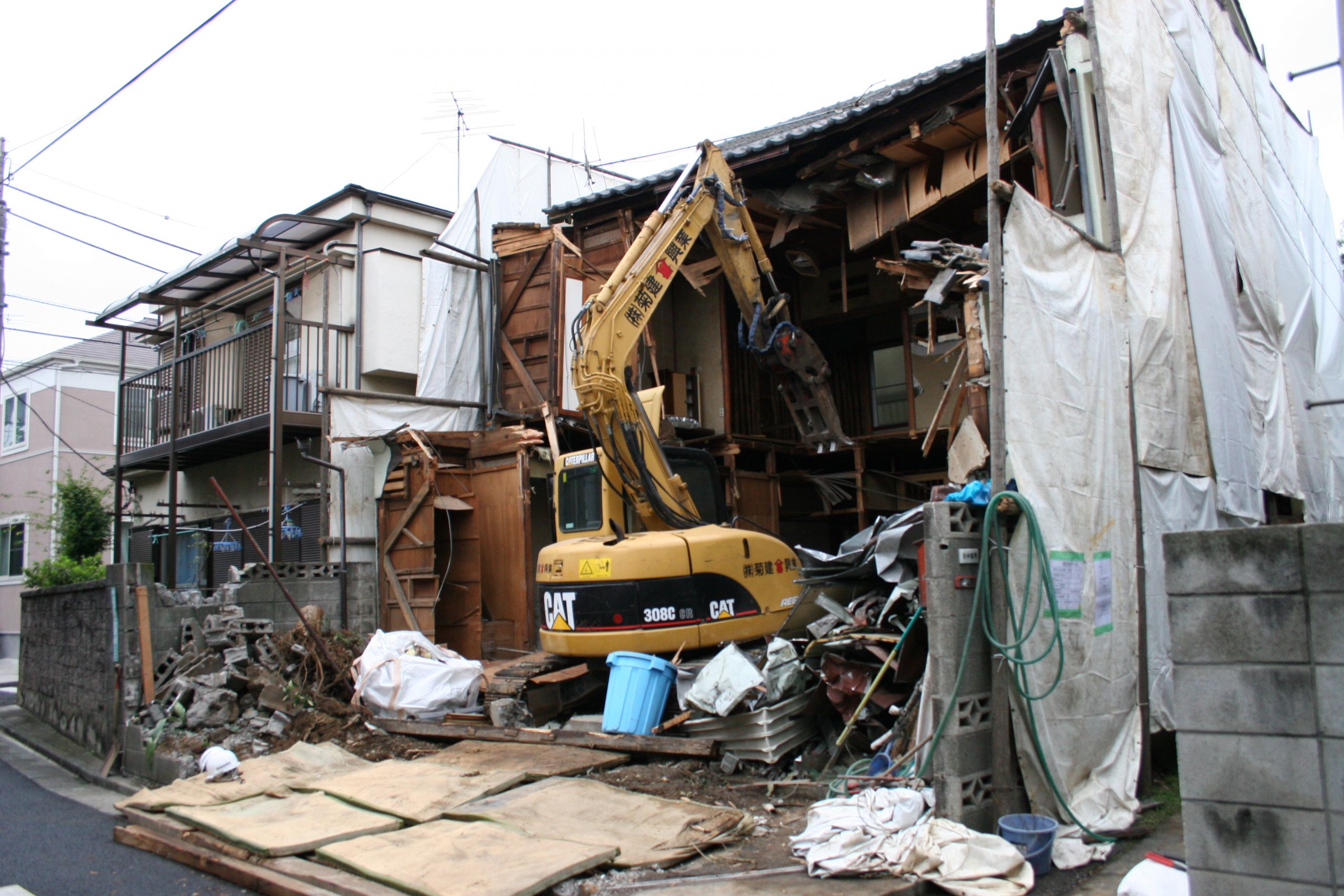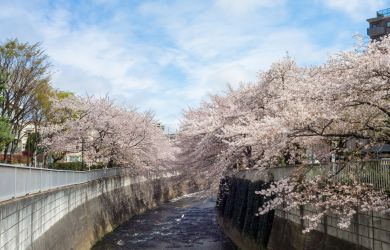
May 4, 2023
The problem with Japanese homes
Finding a way out of Japan’s 30-year housing cycle
For as much as Japan is a country of celebrated traditions, ancient historical sights, and longstanding customs, it is also a country of dynamism and constant reinvention. When I learned that it is standard practice in Japan to rebuild homes after only 30 years, and that most houses lose their value after only a couple of decades, I was left with many questions. In some aspects, it made sense. Japan is a hotspot for seismic activity that puts stress on even the most durably constructed homes, and anyone who has visited Japan knows that the country has an affinity for single-use plastics and disposable goods. But even so, it was hard to see how homes could fit into this culture of disposability. Surely, this approach couldn’t be economically viable?
The disadvantages of this rebuilding cycle are almost too obvious to explore in depth; the economic cost, the waste generated and the immense use of both human and natural resources were clear. But more questions remained: what initially started this cycle, what benefit does it serve Japan, and what is the future of rebuilding homes as Japan continues to face its population crisis?
It is easy to understand how this can be a cyclical problem. If house prices are expected to fall after only 10-15 years of ownership, using higher quality, longer lasting materials doesn’t make sense economically. So builders use cheaper materials, anticipating that the house will only need to last 30 years. But how did the cycle start, and what factors lead to the state of constant reconstruction?

photo by Laurent Lasalle
A 2019 study in the Journal of Cleaner Production pointed to what they called the physical obsolescence and the economic obsolescence of Japanese houses. Physical obsolescence is simply the idea that the house loses value due to its material degradation, either from natural disasters, lack of maintenance, or poor build quality. Economic obsolescence is when a house, despite being physically sound, becomes useless due to economic reasons. These could be changes in the economy of the city or country, amendments to tax laws, or other social or political changes.
The study pointed to three significant events that led to both physical and economic obsolescence, which kicked off this cycle. The first and most dramatic was the destruction of Japanese cities during World War II. This necessitated a period of rapid redevelopment, which led to what is known as the Japanese economic miracle. Due to the speed at which these buildings were built, however, the quality of the homes often suffered. This naturally led to the houses needing reconstruction much sooner than they otherwise would have had.
A second major cause occurred in the 1960s. This is when Tokyo introduced a proof of parking rule, which required those who were purchasing cars to give proof that they had off-street parking. This resulted in many homeowners needing to reconstruct their houses in order to accommodate a vehicle while staying in accordance with the new law. Today, you can see many houses that are shaped to accommodate cars into their small lots.
Lastly, the Japanese government introduced a new building code in 1981 that would require all new buildings to adhere to more stringent earthquake resistance standards. This, coupled with marketing from property developers who took advantage of the new law, had many Japanese people building new houses to match the stricter code.
Together, these three factors contributed to the reconstruction cycle that has since proved very difficult to break. While the negatives of this cycle are clear, however, I knew there must be some possible benefits as well.

photo by rammy2rammy
The short-lived nature of housing in Japan, particularly in high-demand areas like Tokyo, means that lots can be subdivided to increase density and meet consumer demand. This, coupled with relatively relaxed zoning, has led to Tokyo’s incredibly efficient and vibrant neighborhoods. The barrier to building something new is reduced when you know the value of a property is only in the land, and not the structure on it. It is hard to imagine Tokyo being as dynamic of a city as it is, had it not been for this 30-year cycle.
The short-lived nature of housing in Japan, particularly in highdemand areas like Tokyo, means that lots can be subdivided to increase density and meet consumer demand.
There are additional benefits for residents as well. Because housing construction is so prevalent here, Japan consequently has one of the highest numbers of architects per capita in the world. This is reflected in the number of radically designed homes across the country. When there is no expectation of a return on your investment when building a new house, it is easier to get a bespoke designed house tailored exactly to your needs and use case—something that is a lot riskier in markets that expect a return on property investment.
Mentioning these positive aspects isn’t to justify this wasteful practice. Instead, it is to try to understand the rationale that sustains this cycle. As the population of Japan continues to decrease, however, there will have to be another way.
Fortunately, there have been two big developments that might help Japan fix its obsession with razing and reconstructing. The first is simple: Japanese manufacturers are building better houses. While many houses are still prefabricated and constructed modularly, most are now expected to have lifespans upwards of 60 years. This increase in quality might incentivize home owners to forgo rebuilding, and might even convince new home buyers to consider buying “second hand”.
The second is a proposed set of changes in Japanese property taxes and regulations aimed at increasing the viability of renovating used and abandoned properties. The government is incentivizing the renovation of abandoned properties by removing the tax break for having an abandoned house that isn’t suitable to live in. While properties that have houses on them currently pay less tax than empty lots, this new change will only give this tax break to houses that are in good condition. The hope is that this will spur renovation of many properties abandoned due to Japan’s shrinking population. Furthermore, there is currently a higher tax rate on purchasing used residences than new, and there have also been propositions to reverse this. Eliminating tax breaks for new residences will be essential in effecting this change, although construction companies will of course fight this if at all possible.
Ultimately, moving to a more sustainable future when it comes to building will require changes at both political and social levels. Once the tax breaks for new houses are eliminated, and the quality of more modern homes is proven over time, all that is left is for people to begin embracing used homes.







